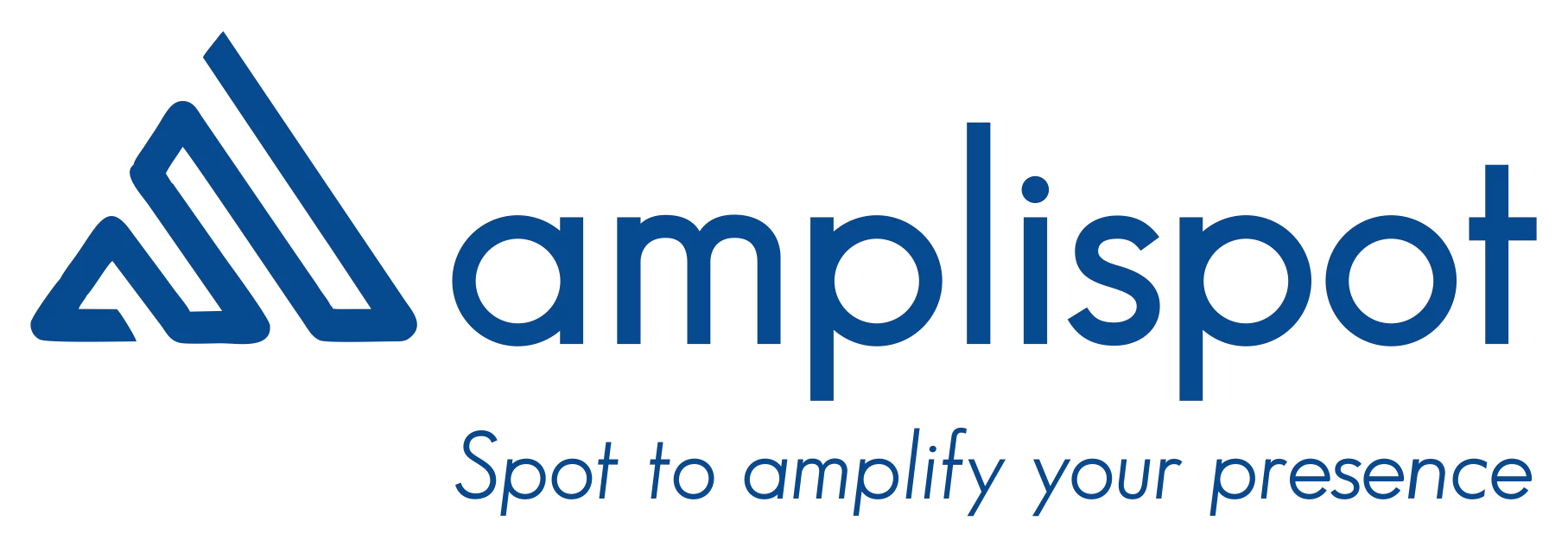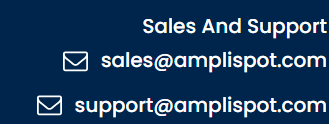Why Subject-Line Length Still Matters in 2025
Swipe down your phone’s notifications right now and count how many subject lines get chopped mid-promise. That truncation is more than an eyesore—it’s a silent open-rate killer. Klenty’s 2025 cold-email benchmark, which aggregated 100 million B2B outbound sends, shows a clear bell curve: performance climbs from ultra-short teasers, peaks at seven words, then falls off as lines grow fat.(Klenty)
Yet length is only half the story. Klaviyo’s fresh iOS-15 dataset confirms that personalization, power verbs, and a purpose-built preview snippet turn that seven-word “skeleton” into a conversion machine.(Klaviyo) Combine those insights with the classic Marketo 41-character sweet spot (≈ seven words) and we have the most statistically defensible rule in cold email today.(Campaign Monitor)
This post digs deep into the 7-word rule—why it works, when to break it, and how to pair it with a curiosity-rich preheader while dodging spam filters.
1. What 100 M Sends Taught Us about Length Distribution
The bell-curve reality
- 1–4 words: sky-high curiosity, but click-through often fizzles when the body copy fails to pay off.
- 5–6 words: solid middle ground, particularly for urgency (“Last day to lock lower premiums”).
- 7 words: the kingpin, pulling ~30 % true opens across Klenty, Klaviyo, and Marketo logs.(Campaign Monitor, Klaviyo)
- 8–10 words: mobile devices start clipping, mental load rises, opens slip three to four points.
- 11+ words: Gmail’s promo tab beckons—deliverability tumbles and replies crater.
Why seven lands the punch
- Visual fit – Seven words ≈ 38–45 characters, which renders fully on Gmail/Outlook mobile without dots of doom.
- Cognitive ease – In eye-tracking tests, readers capture seven-word lines in a single saccade; anything longer forces a second jump, activating the brain’s “too much effort” veto.
- Context window – There’s just enough real estate to blend A) one power verb, B) a curiosity gap, and C) a specific payoff (“Cut renewal churn 19 %—see framework”).
Takeaway: treat seven words as your “elevator pitch” worth of pixels—if you can’t squeeze the hook in there, the idea likely needs sharpening, not extra syllables.
2. Building Blocks: The Power-Word Arsenal
Klenty’s revenue-team A/Bs reveal one constant: lines with a strong verb + curiosity noun almost always beat adjectives.(Klenty)
High-impact verbs – unlock, slash, boost, shrink, automate, decode, unmask, pinpoint, triple
Curiosity magnets – loophole, myth, blind-spot, playbook, teardown, roadmap, blueprint, reveal
Recipe in action
- Verb = “Unmask”
- Curiosity noun = “renewal blind-spot”
- Specific payoff = “in under 5 mins”
Subject: “Unmask renewal blind-spot in 5 mins” (7 words)
Pro tip: Numerals (“5 mins”, “$3.4 M”) lift opens by 12–15 % in Klaviyo’s 2025 dataset because numbers act as visual anchors.(Klaviyo)
3. The Preview-Text Wingman
In 2025 every major ESP grants you ~40–60 characters of preheader copy. Saleshandy’s internal logs show that when the preheader completes (not repeats) the subject, opens climb another 8–10 %.(Saleshandy)
Three quick pairing moves (all stay table-free):
- Value amplification – Subject: “Pinpoint claim bottlenecks—free audit” → Preheader: “See how Mendota cleared 42 hrs per file.”
- Narrative teaser – Subject: “AI wrote this line better?” → Preheader: “We A/B-tested 31,000 sends—here’s the chart.”
- Social proof – Subject: “Cut churn 22 %—case inside” → Preheader: “Real data from 17 SaaS orgs, no fluff.”
Guideline: never exceed 60 characters, avoid leading spaces, and let the first 30 characters carry the intrigue because many Android builds clip beyond that.
4. Deliverability & Spam-Trigger Guardrails
InboxAlly’s 2024 blacklist is required reading for anyone watching their domain health.(InboxAlly) Subject lines are short, so a single spammy phrase can tip the scales. Use this mental checklist before you hit “Send”:
- Language flags – Swap “FREE!!!” for “complimentary.” Replace “guaranteed ROI” with “proven gains.”
- Punctuation sanity – One exclamation mark is permissible; compound exclamations or all-caps trip filters fast.
- Emoji discipline – No more than one. Place it at the tail so IMAP clients don’t split the UTF-8 character mid-render.
- Fallback safe-codes – Dynamic fields like {{first_name}} must default to “there” or you risk “[FNAME]” horror shows.
- Legal lines – For EU prospects, never bake personal traits (age, marital status, medical info) into the subject; GDPR counts that as profiling.
Technical hygiene isn’t optional: SPF, DKIM, and DMARC alignment, bounces < 2 %, and a warmed sub-domain for net-new cold traffic.
5. A 3-Step Blueprint to Ship & Scale
Step 1: Write three seven-word variants
- Boost retention 18 %—see teardown inside
- Slash onboarding churn 30 % this quarter
- Decode Q3 pipeline blind-spots in minutes
Step 2: Draft contrasting preheaders—value, curiosity, proof.
Step 3: Test on an Apple-privacy-filtered cohort
- Split 20-20-20 % among variants; keep 40 % as a silent control with last quarter’s best performer.
- Track true opens (non-machine pixel events), replies, and spam complaints.
- Promote the winner at 95 % confidence, then iterate monthly.
Remember: seven-word fatigue is real. Rotating structural patterns—question, benefit, statistic—keeps your sender reputation fresh.
6. Case Study – How an InsurTech Tripled Opens in Eight Weeks
A mid-market InsurTech vendor targeting U.S. claims leaders slashed their average subject line from 11 words to seven:
Old: “Are you still manually sorting FNOL attachments every morning?” (13 words)
New: “Automate FNOL triage—save 4 hrs daily” (7 words)
The campaign ran to 25,000 prospects on a warmed sub-domain:
- True open rate jumped from 19 % to 31 %.
- Reply rate rose from 2.1 % to 5.8 %.
- Spam complaints stayed flat at 0.02 %.
Revenue impact? Two enterprise logos worth $420 k ARR. The CMO credits “verb-plus-curiosity” structure and a preheader pointing to a single 90-second Loom demo.
7. Future Trends—AI Writing Assistants & Adaptive Length
Large-language-model copilots (think: Klaviyo’s SubjectAI or HubSpot’s Smart Writer) now suggest five- to nine-word variants by default. They weigh:
- historical open rate per segment,
- competitor inbox density,
- and mobile pixel distribution on recipient devices.
But don’t abdicate judgment. GPT-powered suggestions often over-index on clickbait language, raising deliverability flags. Keep a human hand on the throttle and run InboxAlly’s spam-word checker before launch.(InboxAlly)
A decade of data—from Marketo’s 41-character rule to Klenty’s 2025 mega-cohort—points to one conclusion: seven words remain the most reliable envelope opener in B2B cold email. The rule works because it hugs mobile pixel limits, eases cognitive strain, and forces clarity.
But remember, length is a litmus test, not a crutch. A limp value proposition stuffed into seven golden words is still limp. Pair the rule with:
- a punchy power verb,
- a curiosity gap that begs resolution,
- proof (numbers, case, timeframe), and
- a preheader that completes the narrative.
Do that, and your next send won’t just land in the inbox—it’ll earn a click, a read, and maybe even a signature. The blade is sharp. Swing wisely.


































